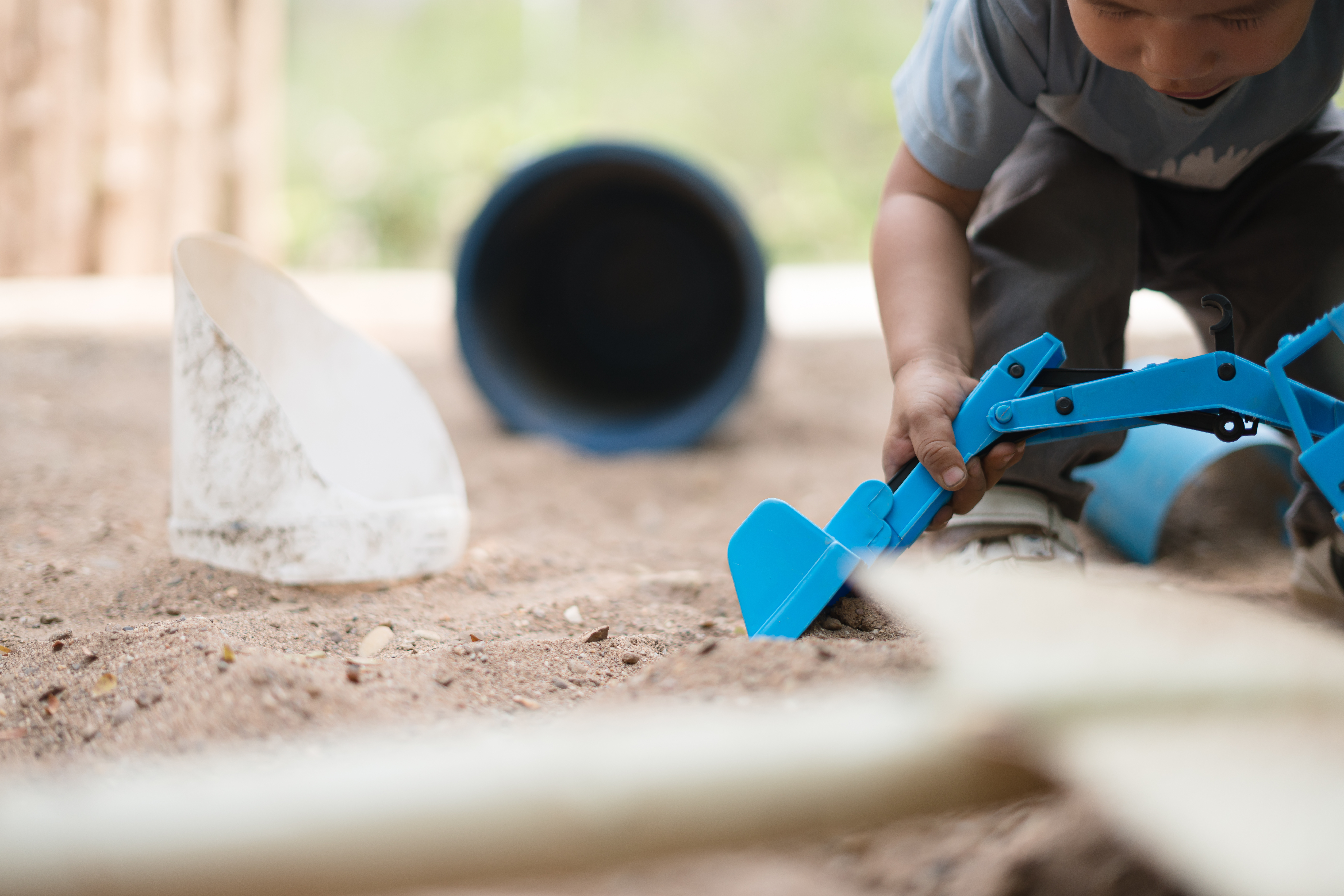Top Uses for White Playground Sand in Kid-Friendly Landscaping
April 22, 2025

White playground sand brings a certain lightness with it. Not just in color, but in the way it shifts the energy of a space. It’s calm. Open. Inviting without needing an introduction. While the sandbox may have been the original inspiration, today’s designs go far beyond a simple corner framed in timber. This is about building entire kid-friendly landscapes around a material that’s soft underfoot, easy on the eyes, and endlessly flexible. It’s where function meets feeling, and where play starts to take shape without forcing it.
The Sandbox Reimagined
At its core, white playground sand brings the familiar charm of the classic sandbox. But today’s sandbox setups are anything but basic. Instead of the worn-out wooden box in the corner, modern designs integrate sand zones into the overall landscape plan. Think shaded areas with seating, built-in digging tools, and natural boundaries like stone or wood beams that keep the sand in place and the aesthetics on point.
Beyond being fun, a well-maintained sandbox filled with white sand offers a soft landing, helping minimize injuries during rougher play. It also resists compacting and stays cooler than darker materials, even in the heat of summer. That’s a small win that makes a big difference for little feet.
Sensory Play Zones with Purpose
Sand isn’t just for digging. In sensory play areas, white playground sand becomes a key player in supporting child development. Its fine texture encourages tactile exploration, helping children build fine motor skills, hand-eye coordination, and creativity through touch-based activities.
Designing zones specifically for sensory engagement adds more depth to a play space. Adding simple elements like scoops, funnels, or balance scales invites kids to experiment and imagine. The neutral color of white sand also helps reduce visual clutter, creating a calm backdrop for focused, open-ended play.
Creating Soft Paths and Natural Borders
White playground sand pulls double duty. It’s not just for digging and castles, it fits into the design itself. Spread it along a path and it softens the entire layout. No sharp gravel. No hard landings. Just a smooth, easy route where kids can run, ride, or wander barefoot without a second thought. It blends into the space while quietly shaping how it’s used.
In spaces that need to be multifaceted, white sand steps in as a subtle divider. No plastic barriers, no harsh lines, just a clean, natural edge that quietly carves out play zones or frames a garden bed. It keeps things organized without interrupting the flow. The transitions stay soft. The space stays open. And everything feels a little more intentional.
Safe Ground Cover for Play Structures
Safety surfacing is always a concern near climbing walls, swings, or slides. White playground sand provides an effective cushion beneath these structures while maintaining a clean, cohesive look. It doesn’t splinter like wood mulch or get as hot as rubber surfaces. It’s also easier to refresh when needed, keeping high-traffic areas safe and visually consistent over time.
What makes it especially valuable here is the balance it strikes between performance and appearance. Parents and designers alike get peace of mind knowing kids have a soft landing, while the light, clean sand keeps the area looking polished and bright.
Mini Beachscapes and Water Features
A real beach might be out of reach, but the feeling is easy to bring home. White playground sand sets the scene. Add a couple loungers, throw up a shade umbrella, maybe carve out space for a splash pad or a shallow pool. Suddenly, the backyard transforms into a more relaxing and inviting space. Giving summer a little more runway.
The visual effect is instant. It turns a plain backyard into something closer to a retreat. Not just for the aesthetics, but for what it allows. Kids splash, dig, and roam without slipping into muddy chaos. The sand holds its shape, drains without fuss, and dries before the next round of play begins. It’s functional without feeling utilitarian. It just works; quietly, consistently, and without stealing the show.
Encouraging Outdoor Learning and Exploration
White playground sand earns its place in learning spaces too. Outdoor classrooms and preschool gardens. Nature corners tucked behind schoolyards. It works alongside logs, stones, and planters. It’s great as a material that kids can move, dig around in, or unearth. One moment they’re tracing letters, the next they’re watching how sand shifts through a funnel. It’s play with depth. A quiet introduction to physics, measurement, and pattern recognition, without ever calling itself a lesson.
Designing a space that holds up to kid energy without sacrificing creativity or safety takes the right materials, and white playground sand easily handles all three. It’s more than a play surface. It’s part of how a landscape invites curiosity, builds confidence, and keeps kids connected to the outdoors. Not just where they play, but how they grow into the space around them.

